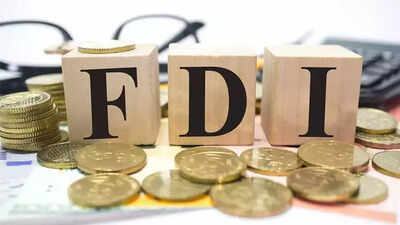
Foreign direct investment (FDI) into developing economies has plunged to its lowest level since 2005, the World Bank revealed on Monday, blaming rising trade and investment barriers for the worrying decline.In its latest report, the global lender said that developing nations received just $435 billion in FDI in 2023, the lowest in nearly two decades. These inflows to these countries made up just 2.3% of their GDP in 2023, roughly half of what they were at their peak in 2008.“What we’re seeing is a result of public policy,” said Indermit Gill, the World Bank’s chief economist. He further noted that public debt is reaching new highs while investment continues to fall.“In recent years governments have been busy erecting barriers to investment and trade when they should be deliberately taking them down.”The report also flagged a significant drop in new investment treaties, which were once a major driver of global capital flows. Only 380 new investment agreements came into force between 2010 and 2024, less than half the number signed between 2000 and 2009.World Bank deputy chief economist Ayhan Kose said turning this slowdown around “essential for job creation, sustained growth, and achieving broader development goals.”The bank also highlighted that FDI could boost economic growth significantly. “Global economic policy uncertainty and geopolitical risk have soared to the highest level since the turn of the century,” the report said, quoted by AFP.Moreover, FDI remains highly concentrated. Between 2012 and 2023, nearly two-thirds of flows went to just 10 countries: with China, India, and Brazil alone attracting almost half of all investment in emerging and developing markets. In stark contrast, the 26 poorest countries received barely two percent of global FDI.The Washington based lender called for greater global cooperation to steer funding towards developing countries that face the largest investment shortfalls.














